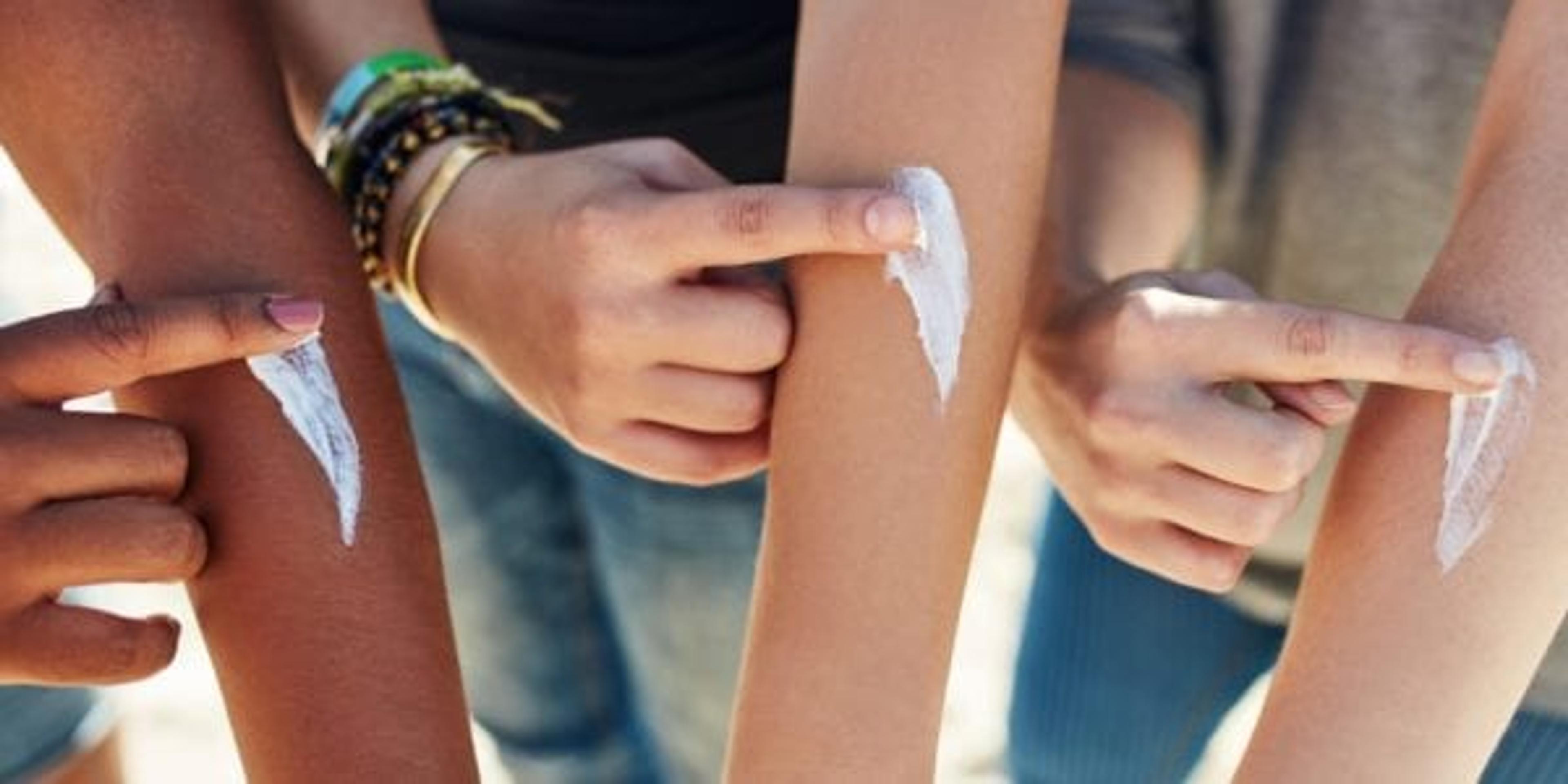5 Ways to Choose a Safer Sunscreen
Amy Barczy
| 3 min read

The sun can damage unprotected skin in just 15 minutes – and sun damage can build up over time, increasing the risk of skin cancer. That means protecting your skin from the sun is important to your long-term health and wellness. Yet the array of sunscreen products on the market can be intimidating as you search for the right one – especially as more attention is being paid to the chemicals in sunscreens. Here are some suggestions on how to choose safer sunscreen.
1. Cover Up The best sunscreen isn’t sunscreen – it’s your behavior. Wearing lightweight, long-sleeve shirts and pants as well as hats and sunglasses when outdoors is highly effective – as well as putting sunscreen on any exposed skin. Stay in the shade and avoid the most intense rays from the sun that are out between 10 a.m. and 2 p.m.
2. Go Broad-Spectrum There are two types of ultraviolet rays from the sun that can damage your skin: UVA and UVB. On most sunscreens, the sun protection factor (SPF) only applies to UVB rays. But UVA rays are also harmful – as they penetrate deep into the skin’s tissue and can cause long-term damage. Look for a broad-spectrum sunscreen, which will protect against both UVB and UVA rays. The American Academy of Dermatology recommends a SPF of 30or higher.
3. Pick Mineral-Based Products Mineral-based sunscreens are considered to be the safest options by the U.S. Food and Drug Administration. These sunscreens primarily use titanium dioxide and zinc oxide to create a physical barrier on the outside of the skin to block UVA and UVB rays. For this reason, mineral-based sunscreens may leave a white sheen on the skin. Chemical-based sunscreens are absorbed into the skin.
4. Read the Label Check the label on your sunscreen to see if it contains oxybenzone and/or octinoxate. Chances are, it does – as two-thirds of the sunscreens sold in the U.S. contain these chemicals. However, sunscreens that contain oxybenzone and octinoxate have been banned in Hawaii, the Pacific nation of Palau and in Key West, Florida, as they may be harmful to coral reefs. Additionally, the use of sunscreen with oxybenzone is being studied to see if can impact the user’s health.
5. Skip Sprays Spray sunscreens are being examined by the FDA to see if they could be harmful to the lungs. While sprays are convenient – especially with small children – the nanoparticles could be inhaled and cause lung damage. It’s strongly advised to avoid spraying sunscreen directly onto your face, and to apply spray sunscreen outside in a well-ventilated area. It’s also difficult to tell with spray sunscreens if you’ve applied enough to cover your skin effectively.
How to Apply Sunscreen
Apply sunscreen 15 minutes before going outside and be sure to reapply sunscreen every two hours. If you’re swimming or sweating, you may need to reapply sunscreen more often. Be aware that sunscreens are not truly waterproof – even if they say they are “water resistant.” Follow the directions on the label to see how long a product is effective after swimming or heavily sweating. Read more
Photo credit: Getty Images





